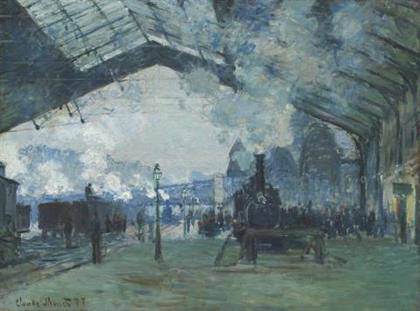
Robe, ca. 1700–1740. Eastern Plains artist, probably Illinois, Mid-Mississippi River basin. Native tanned leather, pigment. Paris (France), Musée du quai Branly, 71.1878.32.134
The Plains Indians: Artists of Earth and Sky ‘The Plains Indians: Artists of Earth and Sky’ explores the beauty, power, and spiritual resonance of Plains Indian art. Metropolitan Museum, March 9 – May 10, 2015]]>
Source: Metropolitan Museum
Ranging from an ancient stone pipe and painted robes to drawings, paintings, collages, photographs, and a contemporary video installation, the exhibition reflects the significant place that Plains Indian culture holds in the heritage of North America and in European history. It also conveys the continuum of hundreds of years of artistic tradition, maintained against a backdrop of monumental cultural change. A selection of modern and contemporary works not seen at other venues of the exhibition provides a compelling narrative about the ongoing vitality of Plains art.
Drawn from 81 institutions and private collections in France, Germany, Austria, Switzerland, Canada, and the United States, the exhibition will represent the art traditions of many Native Nations. The distinct Plains aesthetic are revealed through an array of forms and media: sculptural works in stone, wood, antler, and shell; porcupine quill and glass-bead embroidery; feather work; painted robes; ornamented clothing; composite works; and ceremonial objects, works on paper, paintings, and photography.
Organized chronologically, the first gallery showcases pre-contact works, including important sculptural pieces in stone and shell. One of the highlights in this room will be the 2,000-year-old Human Effigy Pipe made of pipestone, depicting a deified ancestor or mythical hero. Influential works from adjacent regions are included in this section.
The 19th-century works in the exhibition includes key pieces long associated with westward expansion. Among them are calumets, the long and elaborate pipes shared and given as gifts in the systems of protocol that were developed to establish diplomacy and trade between Europeans and the inhabitants of the “New World” whom they encountered on the Plains.
Related content
Flowering of Edo Period Painting – Metropolitan Museum (exhibition, 2014)
Follow us on:


